Introduction
Stir-fried turtle, a dish revered in many Asian cuisines, is a testament to the culinary ingenuity of transforming a seemingly unconventional ingredient into a delectable masterpiece. Rooted in tradition yet adaptable to modern tastes, this dish combines tender turtle meat with a medley of aromatics, spices, and vegetables, resulting in a harmony of flavors and textures. While its preparation may appear daunting to the uninitiated, mastering the technique of stir-fried turtle rewards the cook with a dish that is both luxurious and deeply satisfying. This article delves into the intricacies of selecting, preparing, and cooking turtle meat to perfection, offering insights into the cultural significance and culinary artistry behind this age-old delicacy.
Selecting the Turtle
The foundation of a remarkable stir-fried turtle dish begins with selecting the right turtle. Soft-shell turtles, such as the Chinese soft-shell turtle (Pelodiscus sinensis), are commonly used in Asian cuisine due to their tender flesh and manageable size. These turtles typically weigh between 1.5 to 3 pounds, making them ideal for individual portions or small gatherings. When sourcing turtle meat, freshness is paramount. Look for turtles that are lively, with glossy skin and clear, bright eyes. Avoid specimens with dull coloration, sluggish movement, or foul odors, as these may indicate spoilage or mishandling.
In regions where turtle farming is regulated, purchasing from licensed suppliers ensures ethical sourcing and compliance with wildlife conservation laws. For home cooks, some specialty markets or Asian grocers offer pre-butchered turtle meat, which simplifies the preparation process. However, butchering a live turtle requires skill and confidence, as improper handling can compromise both safety and flavor.
Preparation: Cleaning and Butchering
Cleaning a turtle is a meticulous process that demands attention to detail. Begin by humanely euthanizing the turtle, if necessary, following local regulations. Rinse the turtle thoroughly under cold water to remove any mud or debris. Using a sturdy knife, carefully separate the upper shell (carapace) from the lower shell (plastron). This step requires precision to avoid damaging the internal organs or meat. Once the shells are detached, remove the entrails, discarding any organs that appear discolored or bruised. Retain the liver and heart if desired, as they can be cooked separately as delicacies.
Next, remove the turtle’s skin by gently peeling it away from the flesh. Soaking the meat in a mixture of vinegar and water (1:4 ratio) for 30 minutes helps eliminate any residual gamey flavor and firms up the texture. After soaking, rinse the meat again and pat it dry with paper towels.

Butchering the turtle meat into bite-sized pieces is crucial for even cooking. Using a sharp chef’s knife, separate the meat from the bones, focusing on the leg and neck muscles, which are the most tender. Discard the bones or reserve them for stock. Trim excess fat and connective tissue, as these can render the dish greasy. The resulting meat should be uniform in size, approximately 1 to 1.5 inches in diameter.
Marinating for Flavor and Tenderness
Marinating turtle meat is a critical step that enhances its natural flavor while tenderizing the flesh. A typical marinade combines soy sauce, Shaoxing wine, cornstarch, and a touch of sugar. The soy sauce imparts umami depth, while the wine neutralizes any lingering gamey notes. Cornstarch acts as a tenderizer and creates a velvety coating when stir-fried.
For 1 pound of turtle meat, mix the following ingredients in a bowl:
- 2 tablespoons soy sauce
- 1 tablespoon Shaoxing wine (or dry sherry)
- 1 teaspoon sugar
- 1 tablespoon cornstarch
- 1 teaspoon sesame oil
- 1/2 teaspoon white pepper
Add the turtle meat to the marinade, ensuring each piece is evenly coated. Cover and refrigerate for at least 1 hour, or up to 4 hours for maximum flavor penetration. Avoid marinating longer than 4 hours, as the enzymes in the meat may break down excessively, resulting in a mushy texture.
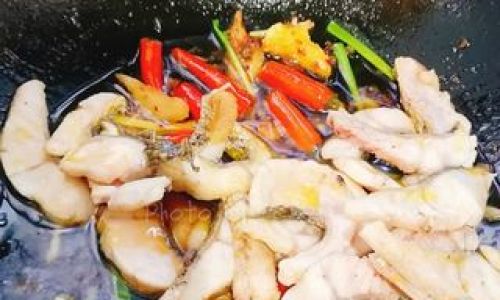
The Stir-Frying Technique
Stir-frying turtle meat demands precision and high heat to seal in juices and achieve a caramelized exterior. Begin by heating a wok or large skillet over high heat until it begins to smoke. Add 2 tablespoons of peanut oil (or another high-smoke-point oil) and swirl to coat the pan.
Aromatics and Aromatic Base
The success of stir-fried turtle hinges on building a robust aromatic base. Start by sautéing minced garlic (1 tablespoon), ginger (1 tablespoon, peeled and julienned), and sliced scallions (2 stalks, white parts only) in the hot oil. Stir continuously for 30 seconds until fragrant, taking care not to burn the garlic, as this imparts bitterness.
Cooking the Turtle Meat
Add the marinated turtle meat to the wok, spreading it in a single layer to ensure even cooking. Let the meat sear undisturbed for 1 minute to develop a golden crust. Toss the meat gently using a spatula, stir-frying for an additional 3-4 minutes until it turns opaque and slightly browned. Avoid overcrowding the pan, as this lowers the temperature and steams the meat instead of searing it.
Vegetables and Seasonings
Introduce vegetables such as bell peppers (1/2 cup, diced), mushrooms (1/2 cup, sliced), and bamboo shoots (1/2 cup, julienned) to the wok. Stir-fry for 2-3 minutes until tender-crisp. For a spicy kick, add 1-2 dried red chilies or a teaspoon of chili paste.
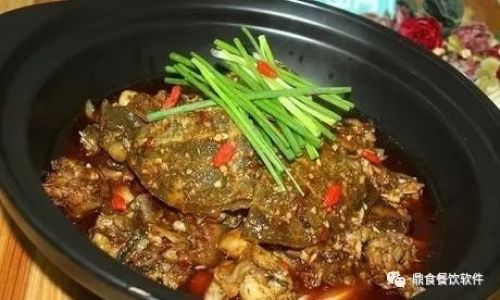
Final Seasoning and Thickening
Deglaze the wok with 2 tablespoons of chicken broth or water, scraping up any browned bits from the bottom. This step enhances the dish’s depth of flavor. For a glossy finish, prepare a slurry by mixing 1 teaspoon of cornstarch with 2 tablespoons of cold water. Pour the slurry into the wok, stirring continuously until the sauce thickens (1-2 minutes). Adjust seasoning with salt, white pepper, or a splash of soy sauce if needed.
Garnish and Serving
Transfer the stir-fried turtle to a serving platter and garnish with fresh cilantro leaves, sliced scallion greens, and toasted sesame seeds. Serve immediately with steamed jasmine rice or thin noodles to soak up the flavorful sauce.
Regional Variations
Stir-fried turtle’s versatility shines through regional adaptations. In southern China, cooks often incorporate fermented black beans and doubanjiang (chili bean paste) for a pungent, spicy profile. Vietnamese variations might include lemongrass, galangal, and coconut milk, lending the dish a tropical flair. In Japan, turtle meat is occasionally simmered in a dashi-based broth with soy sauce and mirin, creating a delicate nimono dish.
Health and Nutritional Benefits
Turtle meat is prized not only for its flavor but also for its nutritional value. Rich in protein, vitamins A and B12, and minerals like iron and zinc, it offers a low-fat alternative to red meat. Traditional Chinese medicine ascribes turtle meat with cooling properties, believed to nourish yin and alleviate fatigue. However, moderation is advised due to its high cholesterol content.
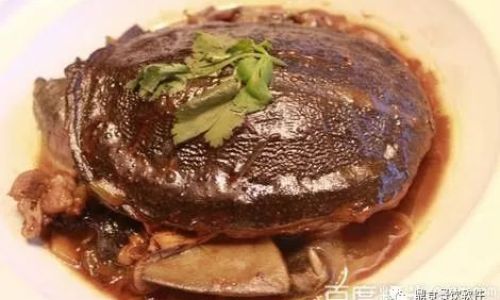
Cultural Significance
Stir-fried turtle holds a revered place in cultural ceremonies and festive occasions. In China, it is often served during weddings and Lunar New Year celebrations, symbolizing longevity and prosperity. The turtle’s association with endurance and wisdom in folklore further elevates its status as a dish of honor.
Troubleshooting Common Pitfalls
- Tough Meat: Overcooking turtle meat results in chewiness. Stir-fry over high heat for no more than 5-7 minutes.
- Gamey Flavor: Inadequate marinating or poor-quality meat can leave a lingering aftertaste. Always use fresh turtle and marinate as directed.
- Soggy Texture: Overcrowding the pan causes steaming. Cook in batches if necessary.
Conclusion
Stir-fried turtle is a culinary achievement that bridges tradition and innovation. While its preparation demands patience and precision, the result—a symphony of tender meat, aromatic spices, and crisp vegetables—is a reward in itself. Whether enjoyed as a centerpiece at a banquet or a humble family meal, this dish embodies the artistry of Asian cooking, where every ingredient and technique serves a purpose. By mastering the steps outlined here, you not only create a memorable meal but also honor a culinary legacy that has endured for centuries.
Final Tips for Perfect Stir-Fried Turtle
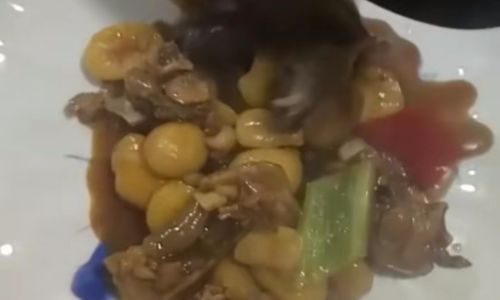
- Use a carbon-steel wok for optimal heat retention.
- Prep all ingredients before cooking, as stir-frying happens rapidly.
- Adjust spice levels to taste, and experiment with vegetables like baby corn or snow peas.
With practice, this dish becomes a canvas for creativity, allowing cooks to leave their mark on a time-honored classic.

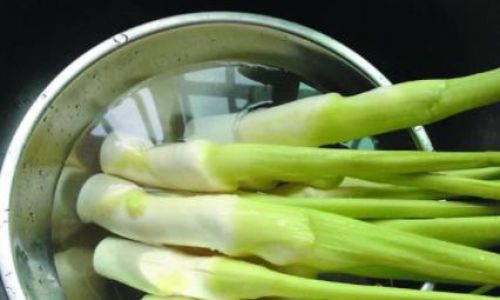
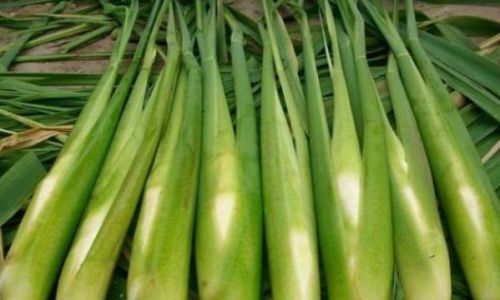


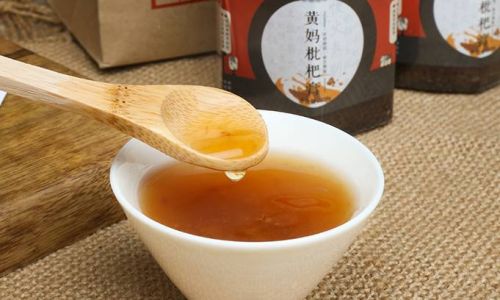
0 comments